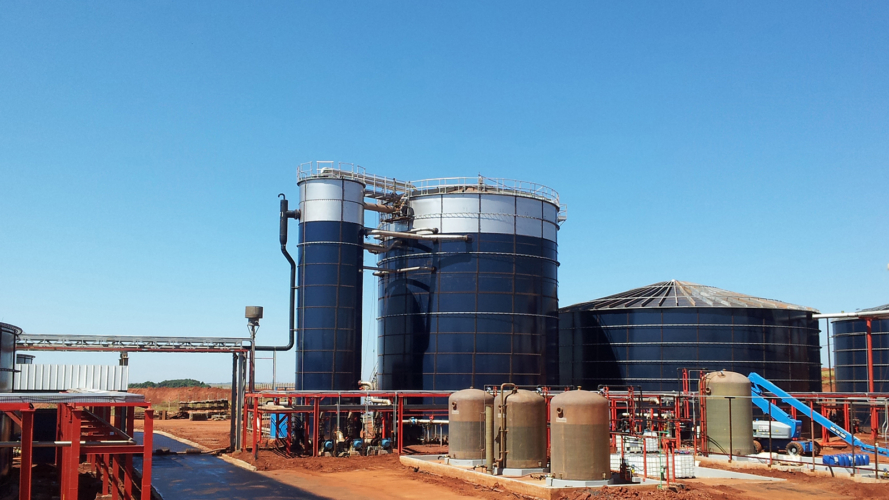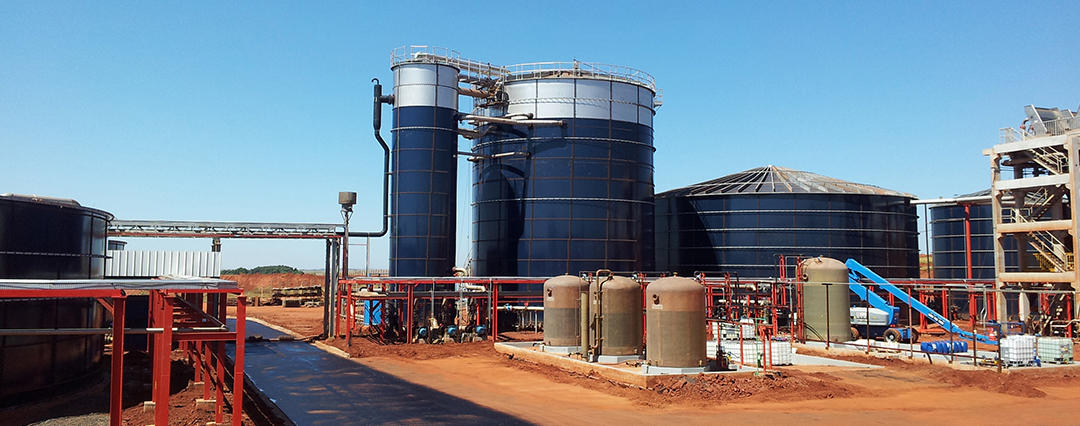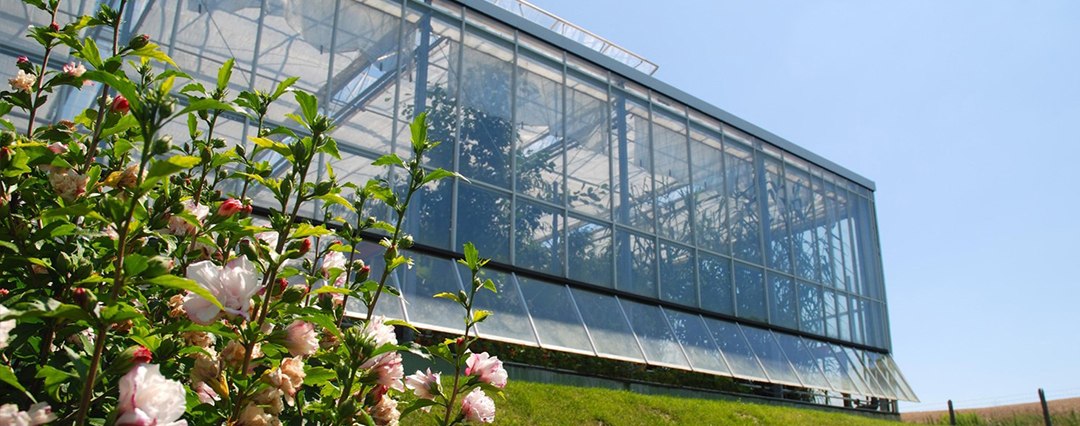
Sustainable Wastewater Treatment: Selecting the Right Process for Manufacturing Applications
June 4, 2024
Building resilience against water scarcity, future compliance changes and balancing energy demand for industrial manufacturers can be supplemented or addressed by the selection of appropriate wastewater treatment processes. Biological treatment processes, both anaerobic and aerobic offer a pathway for industrial customers to exploit the hidden energy potential of high strength wastewater and to provide reuse of treated water to reduce reliance on potable water.

This shift towards sustainable wastewater management practices highlights the importance of selecting the most suitable treatment process tailored to specific industrial applications.
Amidst a wealth of information and technological advancements, the critical question to consider is: which process is best suited for my specific application? There is no one-size-fits-all answer to this question due to the multitude of options available, all contingent upon various factors and numerous variations within a similar framework.
Broadly speaking, while anaerobic treatment is hailed as a sustainable process with several advantages, such as the conversion of organics into valuable biogas and low power consumption, it may not be the optimal choice for scenarios characterised by high fat content, high levels of influent variability, or relatively low organic loads. Moreover, anaerobic processes often fall short of achieving the necessary discharge quality, particularly in regard to nutrients, leading to the requirement of downstream aerobic polishing stages. Nevertheless, anaerobic treatment excels when addressing the high organic loads encountered in numerous manufacturing processes, and high-rate anaerobic systems are ideally suited for compact installations, making them particularly ideal for suburban factories.
If an anaerobic system falls outside of your application, the adoption of an aerobic process needs to be reviewed. Key determinants influencing the design of aerobic systems encompass the utilisation of existing infrastructure, available space, and the required effluent quality. Even following this initial assessment, a multitude of possibilities remain.

Aerobic treatment processes can be broadly categorised into four main types: conventional activated sludge (AS), sequential biological reactors (SBR), membrane biological reactors (MBR), and mixed bed biological reactors (MBBR). MBBR systems, although now highly advanced, share a conceptual lineage with fixed film reactors originating from the early development stages of trickling filter technology, which dates back over a century.
All of these processes can be employed for treating wastewater from various types of manufacturing facilities and can include nitrification and denitrification stages. However, due to recent technological advancements and improved manufacturing costs, MBBR is often favoured for its adaptability to effluent quality variations and its very compact footprint while MBR is often preferred when very high-quality discharge is necessary.
The MBR, which utilises ultrafiltration modules to separate the biomass from the treated water phase, is often a preferred choice when reuse schemes are being considered because treatment in ultrafiltration membranes is usually implemented as a first, or even final stage of treatment prior to reuse as the membranes have the ability to achieve high suspended solids removal and partial disinfection.
Another aerobic innovative variation, known as the Organica process, seamlessly integrates conventional wastewater treatment technology with a botanical ecosystem. Organica utilises plant roots that grow into the effluent, fostering the growth of beneficial bacteria and living organisms. Its design, reminiscent of a greenhouse or garden, not only enhances the functionality of wastewater treatment plants but also elevates their aesthetic appeal.
For more information on which biological process is best suited to your needs, please contact Hydroflux on 09 352 2052 or email [email protected].
About the Hydroflux Group
The Hydroflux Group aims to deliver the highest level of engineering and scientific know-how to the emerging issues of sustainability, climate adaptation and environmental protection with a specific focus on water and wastewater.
As part of its vision and mission, Hydroflux has always taken its climate responsibility seriously. In 2022, Hydroflux became Australia’s first water treatment and technology company to achieve Climate Active carbon neutral certification for its organisation and products. It knows that partnering with customers and clients is the most significant impact it can have in its journey. The Group employs over 100 staff and operates throughout Australia, New Zealand and the Pacific Islands, with office locations in Sydney, Melbourne, Brisbane, Perth, Auckland, Suva and Portsmouth.
Up Next
Categories
- Tradeshows
- Climate
- Community Engagement
- Corporate Announcements
- Group News
- Newsletters
- Product News
- Project Announcement


